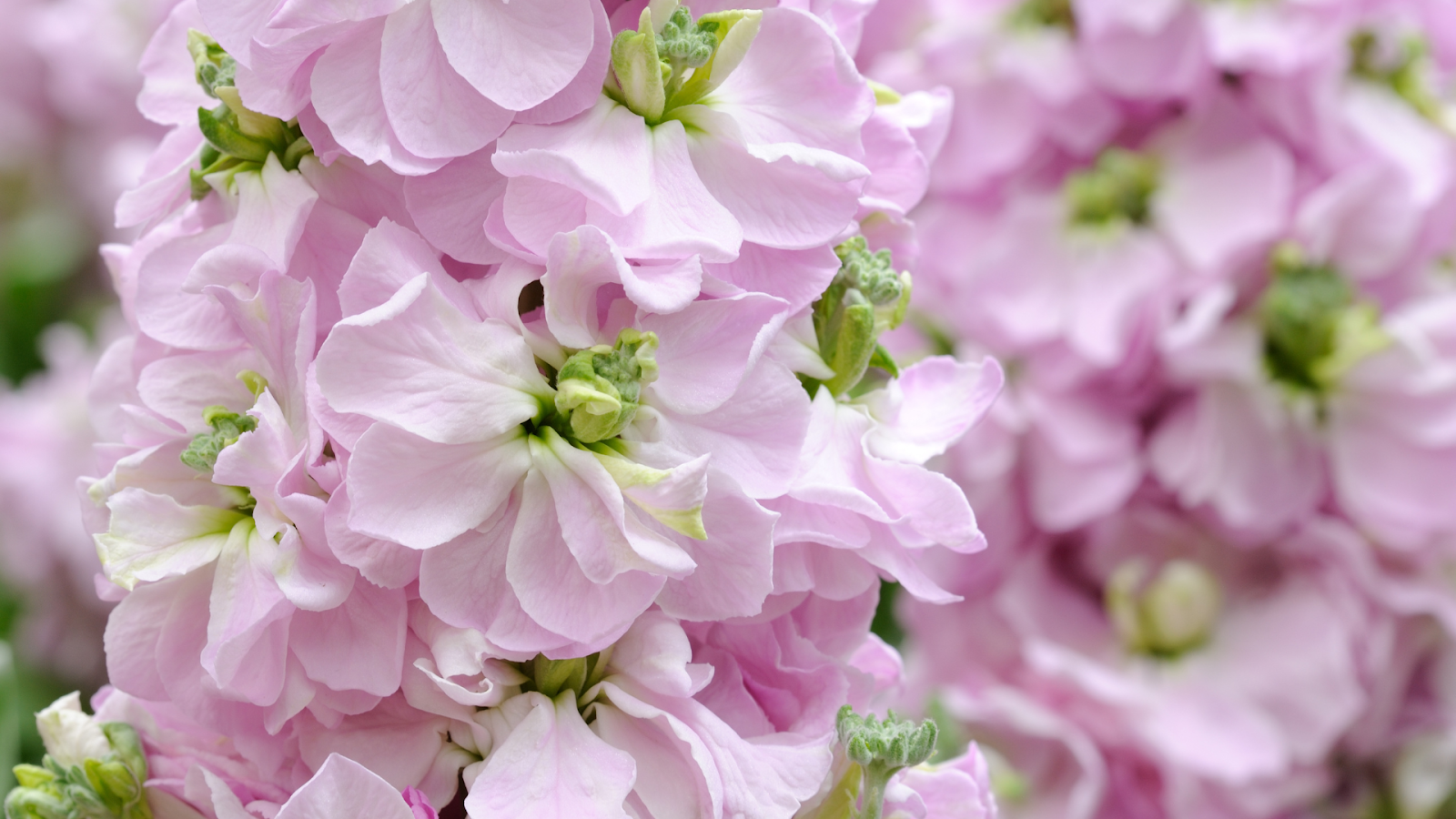
Flowers Use On the Day Of The Dead
As a content and community manager, I leverage my expertise in plant biotechnology, passion for tissue culture, and writing skills to create compelling articles, simplifying intricate scientific concepts, and address your inquiries. As a dedicated science communicator, I strive to spark curiosity and foster a love for science in my audience.


What Is The Day of The Dead?
Day of the Dead, also known as Día de Los Muertos, is one of the most celebrated festivals by Mexicans on November 1 and 2. However, slowly the day is gaining popularity and being celebrated worldwide.
Day of the Dead honors the dead family members and allows them to visit the living world to reunite with their loved ones. It’s similar to All Souls Day and All Saints Day celebrated on the Christian calendar after Halloween.
It combines elements of an Aztec festival dedicated to Mictecacihuatl with Catholic influences. Mictecacihuatl is known as the “lady of the dead” — she is said to swallow stars during the day and watch over the dead.
The day is celebrated with delicious foods, decorative sugar skulls, arranging and beautifying altars, shooting fireworks, and scattering symbolic flowers. It’s no surprise that flowers have been a big part of the Day of the Dead tradition for a long time.

The flowers used on the day vary based on what’s available, region, and tradition. From yellow-orange marigolds to chrysanthemums and cockscombs, many flowers are tied to Deads of the Dead. Thus, this article presents the six most well-known flowers associated with the day and the meanings associated with them.
Most Common Flowers Used in The Dead of The Day

1. Marigold
Marigolds, also known as cempasúchil, are often also known as the “Flowers of the Dead”. The flowers are native to Central America and bloom at the end of the monsoon season. It is believed that the hue and fragrance of the orange, yellow, and golden blossoms would aid the dead in finding their homes and altars. With color and scent, the blossoms create a bright path to light the way.
Due to their symbolism of fragility, these blooms are popular choices for paying respect to those who have passed on, on the Day of the Dead.
 2. Chrysanthemums
2. Chrysanthemums
Scientifically, chrysanthemums, known as Chrysanthemum morifolium, are traditional fall flowers—though some bloom in late July. Commonly, they are also known as mums. Many European countries give this flower as a gift on All Souls' Day. The flowers symbolize peace, beauty, and sympathy.
It is common to see these flowers in funeral arrangements and on All Souls Day in Spain. Other than Altar decorations, the flower is used on gravesites and to make flower crowns.
 3. Cockscomb
3. Cockscomb
Scientifically, the flower is known as Celosia cristata. It’s also called by the name of Terciopelo Rojo. Flowers are one of the popular options to mark the Day of the Dead. They are used to decorate altars or the graves of the deceased. They come in a variety of shapes and colors, including, white, yellow, red, and violet. And, their longer lifespan makes them a perfect fit for the decoration of altars and graves.
Traditionally, red cockscombs symbolize Christ's blood and resurrection from the dead, in Catholicism.
 4. White Hoary Stock
4. White Hoary Stock
Scientifically, the white hoary stock is known as Matthiola incana. The stalk is lush with double blooms of white, fluffy, ruffled, fluffy flowers stacked on top of each other. The flower is traditionally used as a memorial to a lost child. The flowers are available in a spectrum of colors, ranging from blue and red to purple and white.
 5. Gladiolas
5. Gladiolas
Gladiolas belong to the genus, Gladiolus, and are also known as sword lilies. In Day of the Dead ceremonies, these long-stalked blooms may be placed on gravesites and tombstones. Traditionally, they symbolize remembrance and faithfulness in many cultures.
The flower is either used as a bouquet with baby’s breath or other traditional blooms or used on its own. It comes in a range of colors and sometimes grows up to three feet tall.
 6. Baby's Breath
6. Baby's Breath
Scientifically, the plant is known as Gypsophila elegans. The flower is a delicate spray of white flowers with many slender branches. Often seen in Day of the Dead arrangements, these flowers lend an ethereal aura to bouquets with their cloud-like clusters. Florists use the flower as a filler and accent design element. On the day of the dead, the flower is popularly used to decorate crowns, altars, and gravesites.

For Plant Businesses: Ways to Commercially Grow These Plants
Observing the uses of the flowers on the Day of the Dead, they have heavy demand for decoration and aesthetic purposes.
So, how plant businesses can fulfill this demand?
One way is to grow these plants using cuttings, grafting, seed, layering, or other traditional techniques. However, many challenges are associated with these approaches, such as pathogen and pest attacks, the need for many mother plants, waiting for a suitable season, and unhealthy varieties.
This often leads to a loss of labor, time, and money for plant growers. So, what can you do in such a situation?
Another advanced approach is the use of tissue culture technology. The technique only utilizes a few tissues of the plant and regenerates a whole plant, providing a suitably controlled environment. Further, the technique is performed in a septic condition, thus, protecting your plants against pathogen and pest attacks.

HOW DOES PLANT CELL TECHNOLOGY HELP PLANT BUSINESSES GROW THROUGH TISSUE CULTURE?
Plant Cell Technology is the leader in the plant tissue culture area. We offer you world-class tissue culture products, services, and other solutions to make your tissue culture as smooth as possible. In our PCT store, you can find all the tissue culture products you need for the process, ranging from MS media, Agar, Gellan Gum, PPM, Culture Vessel, Starter Kit, Plant Growth regulators, Biocoupler, and many more things.
Furthermore, if you’re stuck at a tissue culture stage or need help to get started in your tissue culture business, we have tissue culture consultation services. By choosing this service you can have a one-on-one conversation with our tissue culture expert and get instant solutions to all your tissue culture problems.
We also have blogs and Youtube videos that release useful educational content each week. From tissue culture theory to practical procedures, we have created everything you need to learn about tissue culture. Check it out here now!
If you have any questions about our tissue culture products and services, write to us at info@plantcelltechnology.com.
Happy Plant Tissue Culturing!
Blog Categories
View by Level
Popular Blogs

Why Carbohydrate Sources Matter in Plant Tissue Culture Media
Introduction Ever wondered why a simple sugar can make or break your plant tissue culture success? It’s a question that...
Read More
How Tissue Culture Supports Vertical Farming and Urban Agriculture?
Introduction If you've ever seen a large-scale vertical farm, with its towering racks of perfect, vibrant greens, you might wonder...
Read MoreSubscribe to Our Newsletter








Join the conversation
Your email address will not be published. Required fields are marked